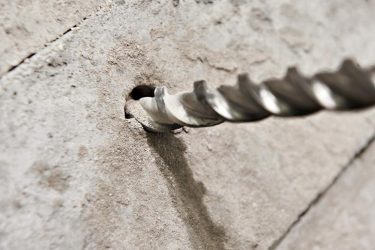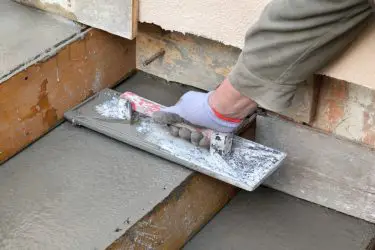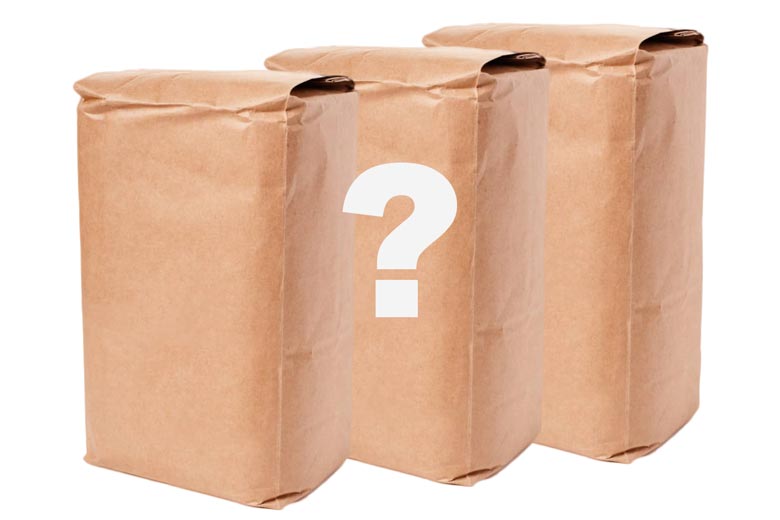
Knowing how many bags of concrete mix you need before your pour cement is a crucial step to take before starting the whole process. Most concrete mixes are already prepared in specific bag sizes that you can then order from Amazon or other manufacturing websites. Ordering the right amount will save you money, time, and a headache.
To construct a 10×10 slab of concrete with a minimum depth of 4-inches, you will need the following number of bags depending on the weight of the mix:
- 90 pounds: 50 bags
- 80 pounds: 56 bags
- 60 pounds: 75 bags
- 50 pounds: 88 bags
- 40 pounds: 112 bags
- 20 pounds: 244 bags
- 10 pounds: 407 bags
Sure, there are calculators out there to help you figure this out, but this is an easy process you can do by yourself. In order to calculate how much concrete you need for any given concrete project, all you need is to know the cubic feet of the concrete slab you’re making, the cubic feet a bag of concrete yields, and a little bit of math.
Related Article: How Many Bags of Concrete Are on a Typical Pallet?
Table of Contents
What You Will Need:
- Calculator
- Measuring tape
The Math
The good thing about the math is that once you learn how to use the conversions, you can use it for any future projects, not just a 10 x 10 concrete slab, but slabs with other dimensions as well.
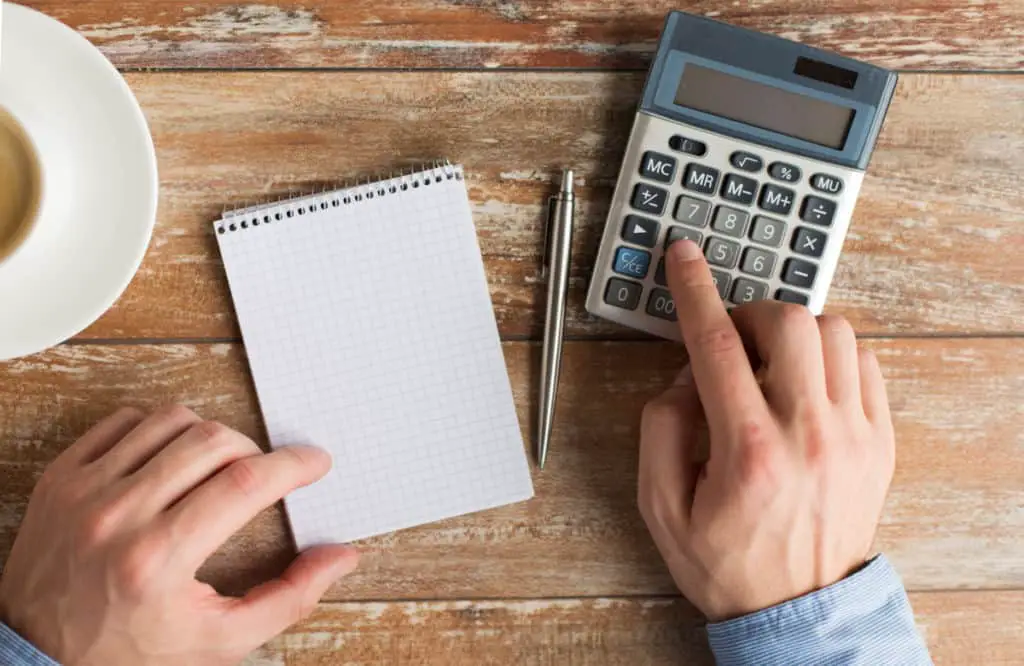
Below is a list of what to do in order to determine how much concrete you need in cubic yards (the volume). For those who hate math, I understand your pain.
However, I can attest that it becomes easier with practice. Don’t give up and hang in there with me.
- The first thing you need to do is determine the square footage of the concrete slab you want to pour. To do that, you take the desired length and width of the slab and multiply them together. (L x W = square footage)
- Second, determine how thick you want the slab to be. Most concrete slabs will be at least 4-inches thick, which is the safest depth for most concrete projects like sidewalks.
- Convert the depth from inches to feet. This is because it needs to be the same unit of length as the length and width of the slab. To calculate this, you divide the depth by 12 (since there are 12 inches in a foot). For example, 4 ÷ 12 = x.
- Next, multiply the full square footage by the thickness (in units of feet).
- Lastly, convert the result in #4 to yards by multiplying it by 0.37.
The 10 x 10 Slab
This all may sound confusing, but I’ll walk you through the process of finding out the volume of a 10×10 concrete slab using the same method mentioned above.
- The square footage of a 10 x 10 concrete slab is 100. The formula is L x W = square footage so 10 x 10 = 100.
- This article assumes the minimum depth of the concrete is 4-inches.
- We convert 4-inches into feet: 4 ÷ 12 = 0.33.
- We find the cubic feet by multiplying the square footage by the depth (in feet): 100 x 0.33 = 33 cubic feet.
- Convert cubic feet to cubic yards: 33 x 0.37 = 1.22 cubic yards.
This mathematical journey was easy enough, so what do we have? We have essentially figured out how many cubic yards of concrete is needed to construct a 10×10 slab.
The next thing we need to do is look at the ready-mix bags and find out how many bags we need to accomplish our goal.
Which Ready Mix Bag?
Each concrete manufacturer has slightly different ways of developing their concrete, but they’re not much different from each other. The only thing you need to look out for is the psi of the concrete mix you plan on buying. for a 10 x 10, professionals recommend a psi of 4,000.
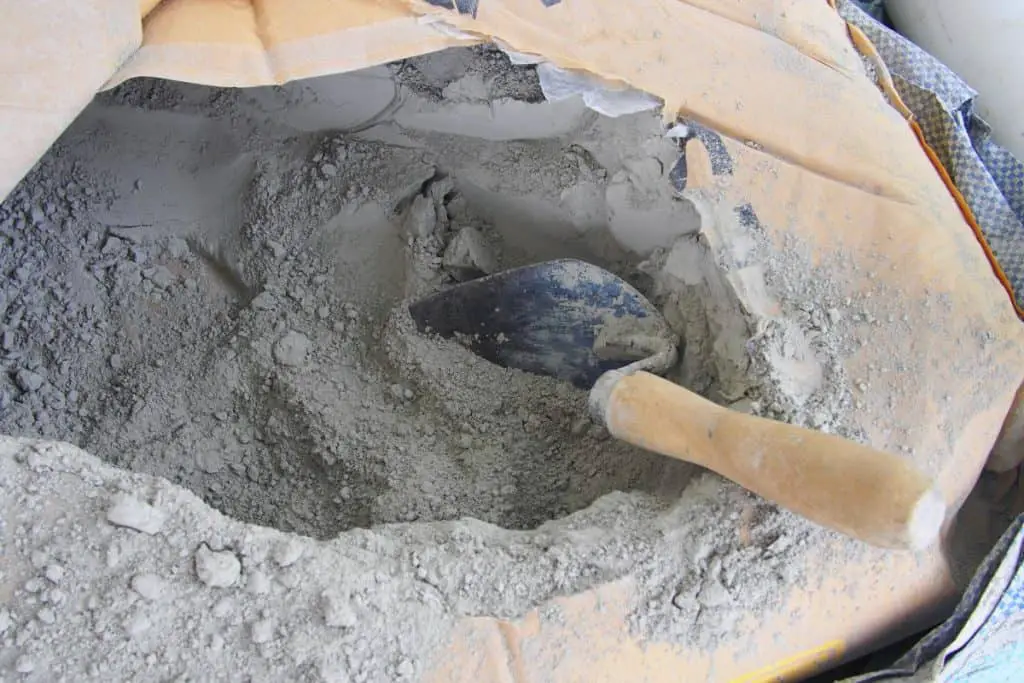
Below is a handy guide for determining how much concrete each mix bag yields depending on its package weight.
| Package Weight | Yield (Square Yards) |
| 10 | 0.003 |
| 20 | 0.005 |
| 40 | 0.011 |
| 50 | 0.014 |
| 60 | 0.017 |
| 80 | 0.022 |
| 90 | 0.024 |
Read more: How Many Bags of Concrete Equal a Yard?
The last step would be to divide the square footage of the 10×10 by each package’s yield. For example, 1.22 ÷ 0.024 (90-pound bag) = about 50 bags.
Remember, there’s always a margin of error when calculating amounts of concrete mix. If, for example, the amount you arrive at is 49.01 bags, then round up to 50 bags. It’s always best to err on the side of buying too much than not buying enough. A good rule of thumb is to buy an extra 2 – 3 bags of mix than what you calculate.

